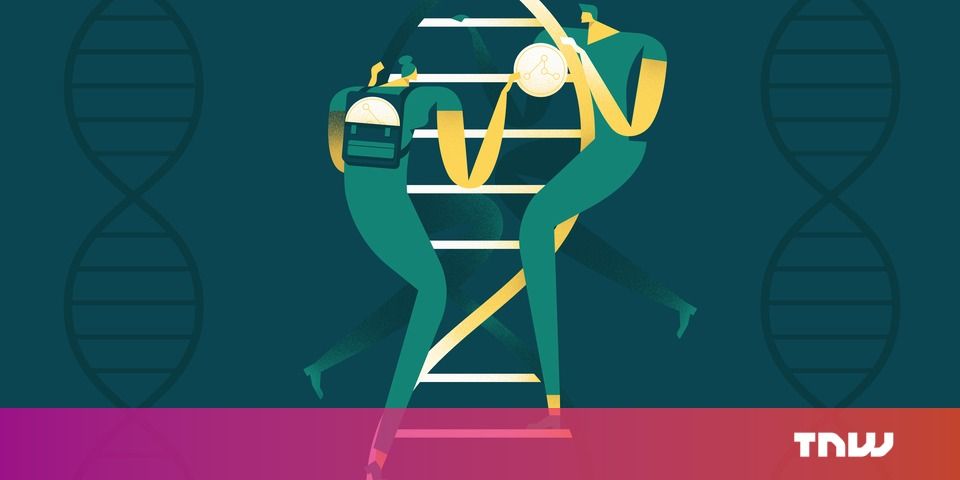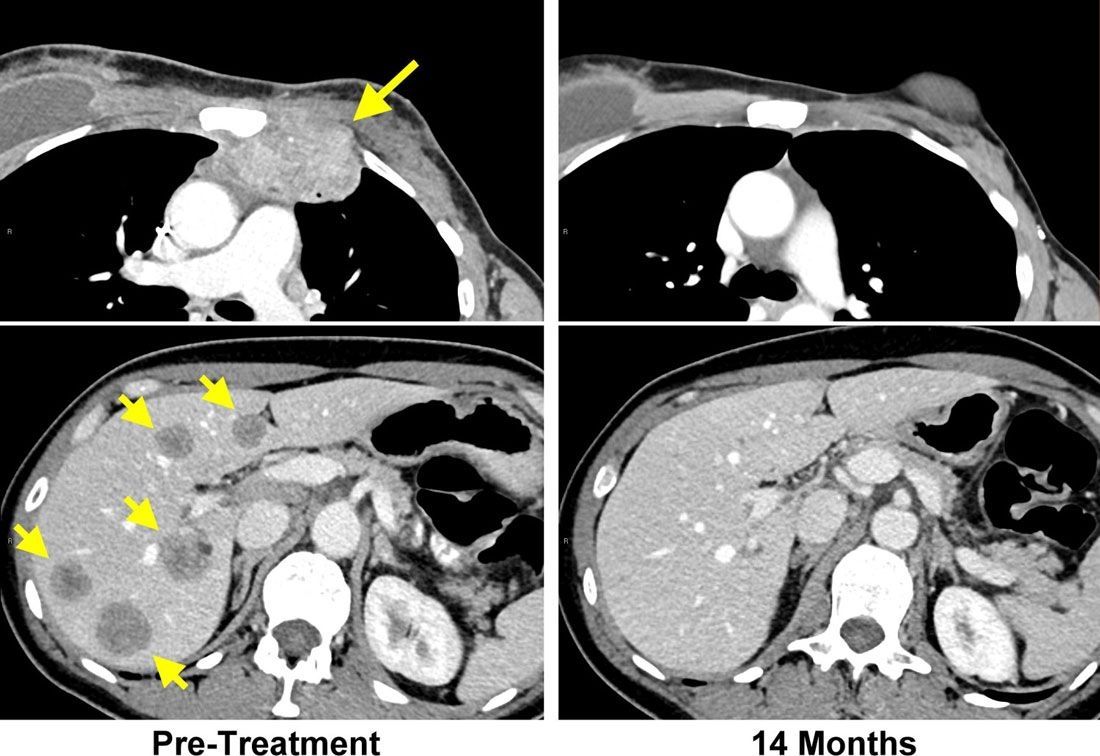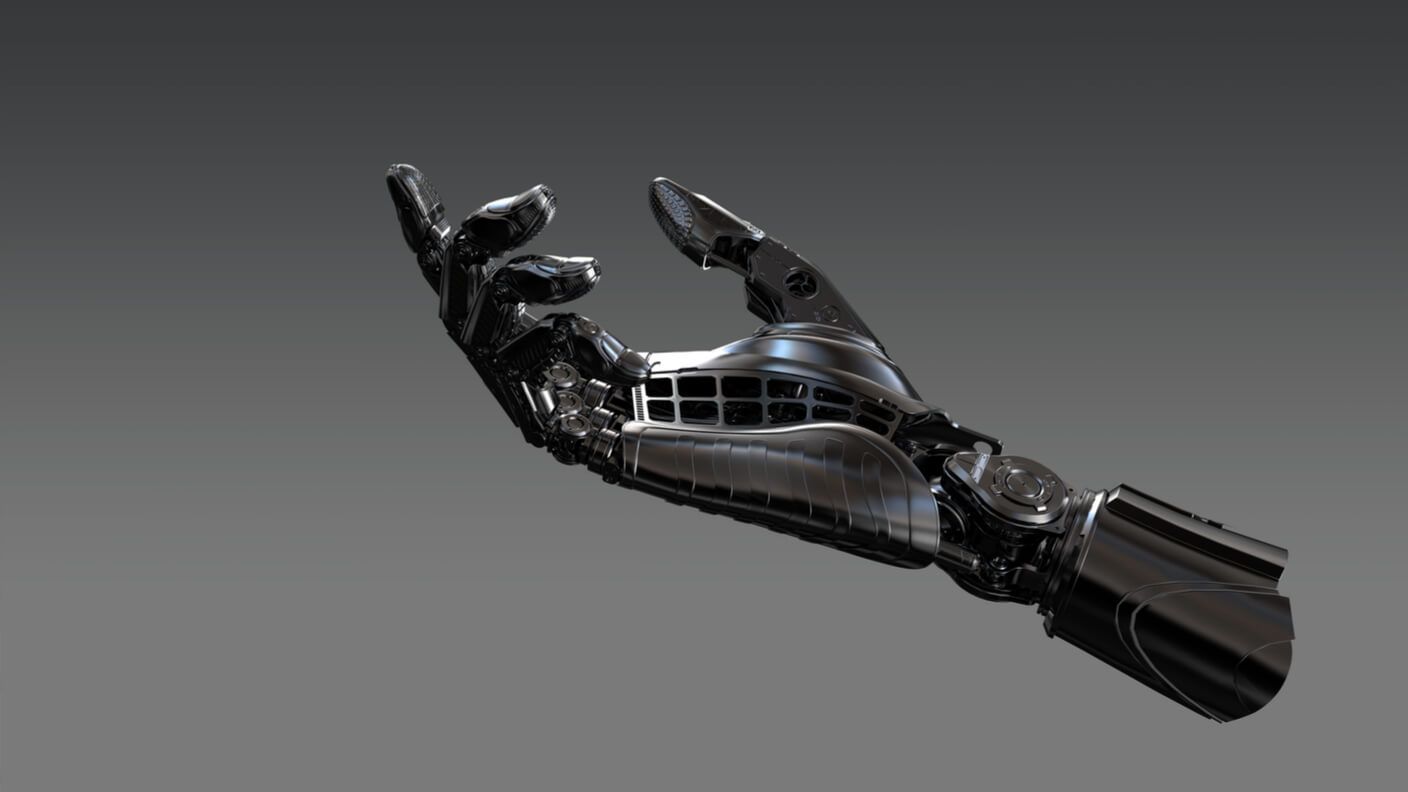 Keith’s note: China is getting ready to launch a new space station which, when complete, will be on par with Mir with many capabilities similar to those offered by the ISS. China is openly seeking governmental and commercial participation. Meanwhile they are about to land a rover on the far side of the Moon as part of a methodical plan to land humans there.
Keith’s note: China is getting ready to launch a new space station which, when complete, will be on par with Mir with many capabilities similar to those offered by the ISS. China is openly seeking governmental and commercial participation. Meanwhile they are about to land a rover on the far side of the Moon as part of a methodical plan to land humans there.
Meanwhile NASA is trying to rid itself of the ISS through various half-hearted efforts to commercialize this amazing resource that rely on smoke and mirrors and faith-based funding plans. NASA is also puffing itself up again for the third time in less than 20 years to #GoBackToTheMoon or something with budgets that do not come close to making such a thing possible. Oh by the way #JourneyToMars is still on the books.
One would think that the prudent thing would be to leverage our interests with those of China as we have done with Russia and many other nations around the world. But short-sighted legislation and targeted xenophobia currently prevents this.









